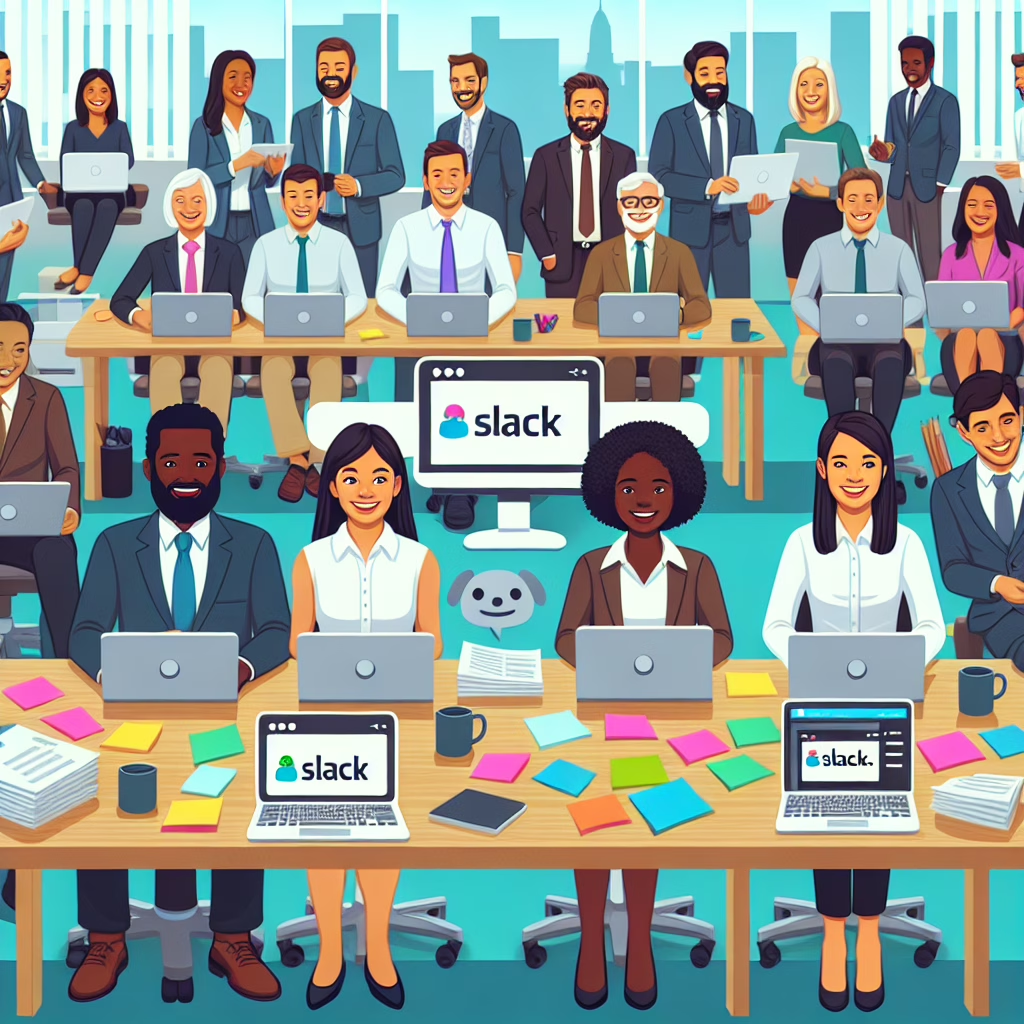In a move that has left many tech enthusiasts raising their eyebrows and government workers cheering, Slack has rolled out some major discounts specifically tailored for U.S. government agencies. Yes, you heard that right! This popular collaboration tool is not just for tech startups and hipster coffee shops anymore; it’s now becoming a staple for the bureaucratic world as well. How’s that for a plot twist?
Why Slack? The Collaboration Hero We Didn’t Know We Needed
Let’s face it: when you think of government work, visions of dusty file cabinets and endless paperwork might come to mind. But with Slack entering the scene, it’s like giving a pair of rollerblades to a tortoise—suddenly, everything moves a whole lot faster! These discounts are designed to boost communication and collaboration among teams who may not always be in the same room (or even the same state).
With Slack’s user-friendly interface, government employees can say goodbye to long email threads that resemble epic novels. Instead, they can enjoy real-time messaging, organized channels, and even integrations with other tools that help streamline operations. Who knew that getting things done could actually be enjoyable?
Discounts Galore: Saving Taxpayer Dollars One Subscription at a Time
Now, let’s talk dollars and cents—or in this case, cents saved! With the new Slack discounts for government agencies, it’s almost like finding a treasure chest of savings. The deal aims to cut costs while improving efficiency—a win-win situation if there ever was one.
The specifics? Well, federal agencies can expect up to 50% off on their subscriptions! Imagine what those savings could do—maybe even fund an ice cream day at the office (because who doesn’t love ice cream?). And if you think about it, these discounts are not just about saving money; they’re about making resources available to help public servants do their jobs better.
Collaboration is Key: Making Work Fun Again!
While we’re at it, let’s not forget that collaboration is key in today’s work environment. And no one does collaboration quite like Slack. By offering these discounts, Slack isn’t just selling software; they’re promoting a culture of teamwork. Government agencies can now harness the power of collaboration tools to break down silos and foster innovation.
- Shared channels for teamwork across departments
- Direct messaging for immediate communication
- Integration with other essential tools for better workflow
This means more brainstorming sessions where ideas flow freely like water from a fountain—and let’s be honest, who doesn’t want to be part of a brainstorming session that involves pizza? With features like shared channels and direct messaging, employees can finally stop shouting across cubicles (which is generally frowned upon) and start communicating effectively.
How Will This Impact Government Work?
The potential impacts of these Slack discounts are enormous. For starters, agencies will likely see improved response times on projects as teams begin to communicate more effectively. Gone are the days of waiting for someone to respond to an email sent three days ago! Instead, everything will happen in real time—like magic.
Moreover, with enhanced communication comes increased transparency. Citizens deserve to know what their government is doing (and how their tax dollars are being spent), and tools like Slack can help facilitate that transparency by streamlining information sharing.
Final Thoughts: Embracing Change in 2025
So here we are in 2025—embracing change with open arms (and maybe some confetti). The introduction of Slack discounts for government agencies is not just another corporate move; it’s a step towards modernizing how our public institutions operate. It encourages collaboration among teams while saving taxpayer dollars—a concept we can all get behind!
What do you think about these changes? Are you excited about the potential improvements in government work through tools like Slack? Feel free to share your thoughts below!
A special thank you goes out to TechRadar for shedding light on this exciting development! Check out the original article here.

